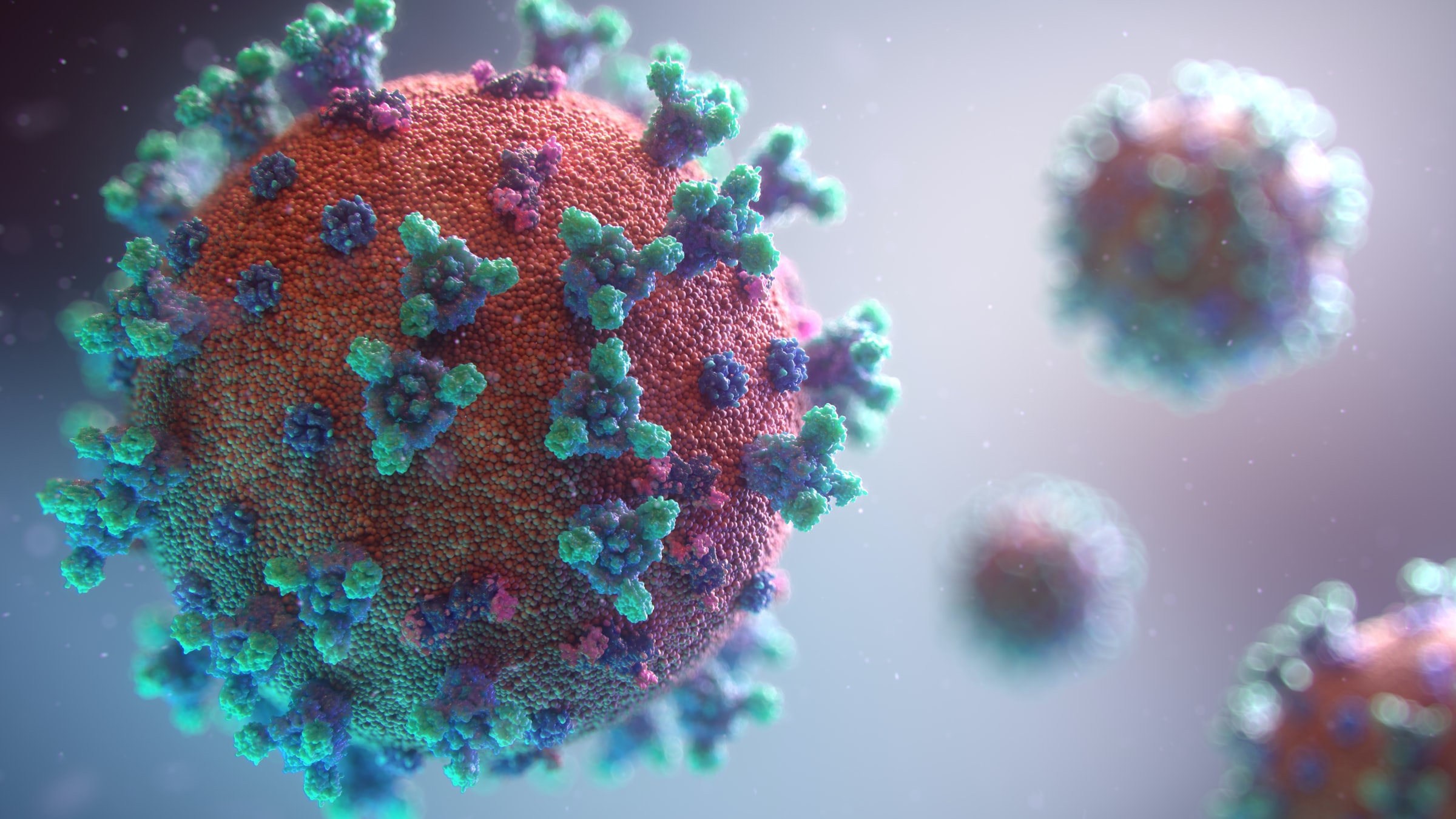What are the most deadly diseases in the world? There are a lot of talks- and rightly so- about AIDS. But in the shadow of the most mediatized and deadly viruses, other scourges, such as tuberculosis, malaria, and now Covid-19, are also wreaking havoc in the four corners of the planet. So, without further ado, let’s dive into this blog and about the deadliest diseases on the planet.
1. Covid-19: 4.4 million deaths, 214 million people infected

Appeared in Wuhan, China on November 16, 2019, Covid-19 is caused by the SARS-CoV-2 coronavirus. This disease, which has spread rapidly around the world, was declared a pandemic, by the World Health Organization (WHO), on March 11, 2020. Symptoms are similar to those of the flu (fever, dry cough, fatigue, sputum, muscle or joint pain, loss of taste and smell, hives, etc.).
Some patients may suffer respiratory distress leading to emergency hospitalization. The rapid spread of the virus has forced states to put in place protective measures to prevent saturation of intensive care services (elimination of physical contact, wearing of masks, implementation of quarantine, confinement of the population, closure of places open to the public, etc.).
2. Cancer: 10 million deaths in 2020, 19 million new cases
In all its forms, cancer will be responsible for nearly 10 million deaths worldwide in 2020. Cancer-related mortality is higher than AIDS, tuberculosis, and malaria combined and has been steadily increasing for nearly 40 years. Thus, despite the numerous therapeutic advances and the efforts made in terms of screening and treatment, the figure of 15 million annual deaths could be reached in 2030.
The aging of the population- particularly in Europe- is not the only explanation for the dangerous expansion of cancer: air pollution, lifestyle (smoking, alcohol, etc.), and poor eating habits are also important factors to be taken into account.
3. AIDS: 38 million patients

In 2020, with 37.7 million people living with HIV, 600,000 people dead, and 1.5 million new HIV-positive, according to the unaids.org website, HIV will have claimed nearly 32.7 million victims worldwide since its appearance in 1981. Despite these terrifying figures, researchers agree that the AIDS epidemic has peaked and is now tending to stabilize.
In fact, although as many people are still infected each year, greater access to tritherapies has made it possible to reduce the number of deaths in recent years. Although HIV is present in almost every part of the world, Africa alone has 25 million of the world’s 38 million HIV-infected people.
4. Tuberculosis: 10 million new cases in 2019
Tuberculosis is an infectious disease that can be transmitted through the air and takes many forms (pulmonary, bone, lymph nodes, etc.). Above all, it can remain latent for life without the infected person becoming ill. Thus, the figures for this disease should be taken with caution, especially since the diagnosis is sometimes difficult to establish (symptoms similar to those of an intense flu).
But for some areas of the world, such as Asia (60% of the world’s cases) and sub-Saharan Africa, tuberculosis is real and deadly. It mainly affected: children and young adults in developing countries. The worst part is that TB is a curable disease, almost eradicated today in the wealthiest countries.
However, despite the support of international organizations and recent improvements in treatment, particularly in China and India, Directly Observed Treatment Shortcourse (DOTS) has still not been adopted permanently in the most affected countries. The main reasons for this are the rigor required to take the treatment, the lack of drugs, and insufficient patient follow-up.
5. Malaria: 229 million cases in 2019

A parasitic disease par excellence, malaria kills almost 445,000 people each year, according to Francetvinfo, mainly in sub-Saharan Africa. Transmitted by a mosquito, the female Anopheles, malaria (also known as malaria or “malu”) is the leading cause of infant mortality in Africa.
Again, despite the efforts of NGOs and the WHO, which distribute tens of millions of mosquito nets, insecticides, and diagnostic tools each year, there is still a long way before the deadly impact of this disease is significantly reduced.
6. Pneumonia: 2 million deaths per year
Although in so-called “rich” countries, pneumonia is most often benign and quickly curable thanks to antibiotics, it remains the leading cause of child mortality in the world, causing the death of more than 800,000 children under the age of 5 each year, according to UNICEF.
This acute infection of an entire lobe of the lung is found in populations living in urban areas exposed to pollution and living in precarious hygiene conditions. In addition, malnutrition is an aggravating factor.
According to UNICEF, a child under the age of 5 dies of pneumonia every 39 seconds, mainly on the African continent. This figure is alarming as this respiratory disease is most of the time caused by other diseases, such as measles or whooping cough, for which effective vaccines exist.
Sound off in the comments section below and tell us what you want to read next and if you want to read more about the deadliest diseases on the planet.


